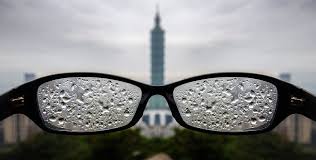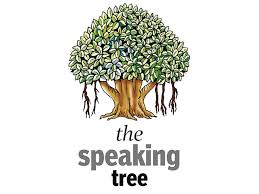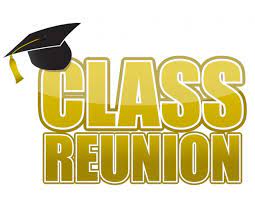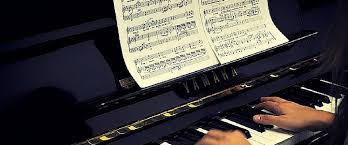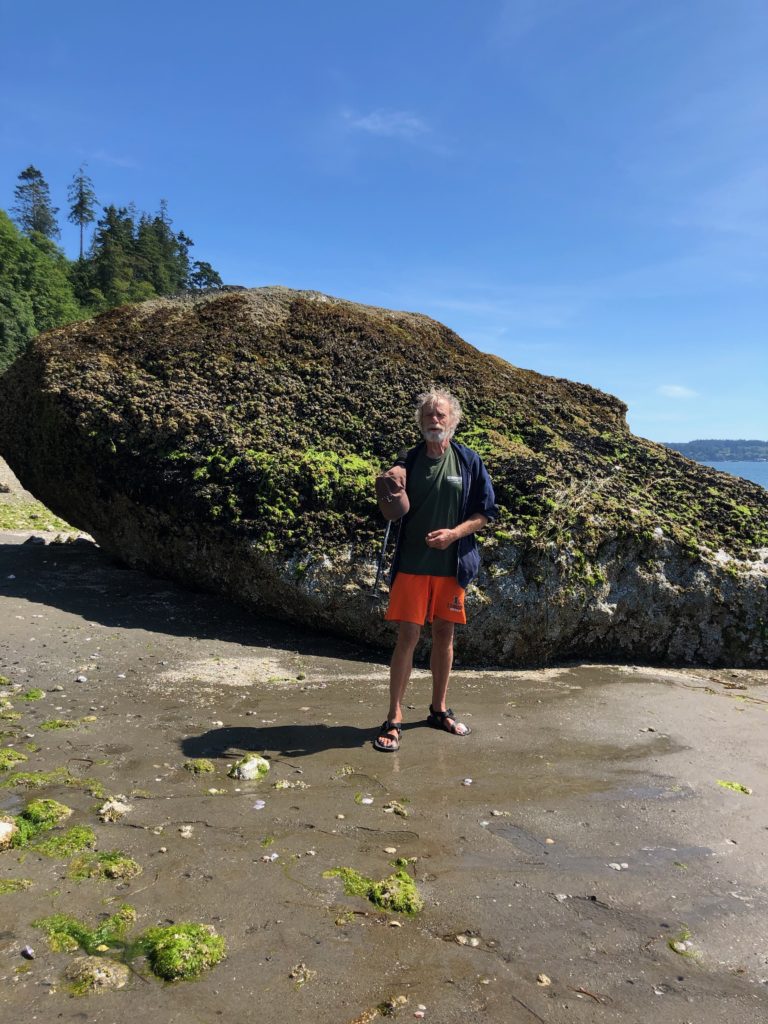
From my forthcoming memoir, Gene and Toots: A Story of Love…and Recovery, to be released this summer:
The lessons I’ve learned in life have brought me closer to an understanding of the mysteries of love. And it has everything to do with one of the Greek words for it: agápe. The Greeks certainly understood the difference between different kinds of love—eros, or sexual love, for example—but agápe is the word for humanity’s love for each other. My understanding of the word further leads me to an English word derived from it: agape, or open-mouthed.
Loving between two people almost always involves an openness of mind and heart. Gene and I were hoping—this second time around—to embrace some of the lessons from our past for a greater purpose. We’d hoped to find a way to be happy together while still honoring our differences, even our whims at times.
We haven’t always agreed on things, but we either found a way around disagreements or lay them aside to look at later, without losing our individual integrity. There were times when these disagreements were costly. But we’ve learned to look at these problems with cooler heads, figure out who is responsible for what, and try to resolve them favorably. That’s the most any couple can do when conflict arises.And because we love each other, we are determined to work things through amicably—always hoping for the win-win.
Loving can be expansive. It has the capacity to make us bigger than we were before. I was thoroughly against gardening with Gene, much less running an orchard. But over time, seeing all the blood, sweat and tears he put into it, and with such rich fruits of his labor, I began to feel swayed. By the time we moved to Camano Island, I’d opened my mind enough to work our garden with him. And I’ve learned to love it. Loving Gene transformed me into a novice but enthusiastic gardener.
Gene has showed that same openness to me and my needs. When we moved to Camano Island putting us near my son and his family, Gene left part of his family behind in New Mexico. Bridget still lives there and is happy with her life in community theater. That was no small sacrifice for Gene. But we do spend money and time to go back and visit, reconnecting with Bridget, just as we do with Patrick in Virginia and Caroline in San Francisco.
“And the learning process must be coordinated so that the actor learns as the other actors are learning and develops his character as they are developing theirs. For the smallest social unit is not the single person but two people. In life too we develop one another.” ~Bertolt Brecht
When I met Gene, I was at a point in my life where I craved independence. And Gene also enjoyed the freedom I encouraged him to explore. This is where we were when we met, and we found the ability to remain open to the challenges we faced. Rather than running from them, we let them shape us.
We worked hard to meet each other where we were—in our work lives, in our wilderness adventures, in our living arrangements, and in supporting our families. We learned early on that those families—whom we loved without exception—would have the ability to test us. We have walked with them through their trials—they, in turn, have helped me and Gene through ours. We can look at each other now with the certainty that we did our best for our children. And that—sincerely loving that part of each other that is separate—brought us closer together as a couple.
Gene and I developed each other’s capacity to love well. We did our best to feed each other’s good wolf. I blossomed, in midlife, by uniting with a man who loves me the way I am, and I him. And from that foundation we both grew in our willingness to try new things, secure in our faith about the mystery of love.
We can keep it—if we don’t hold on too tight.
